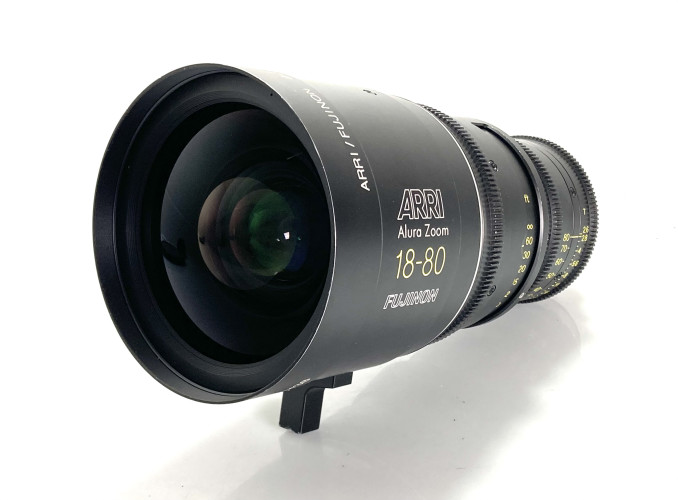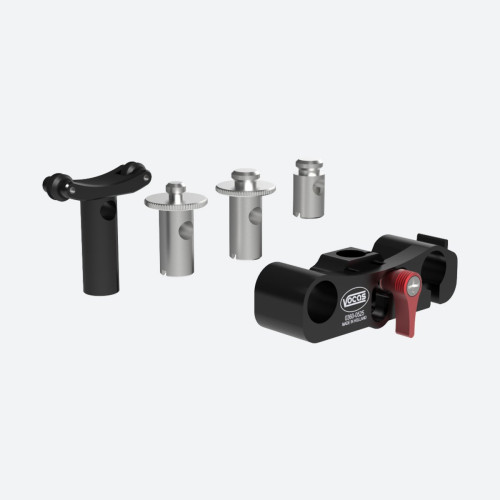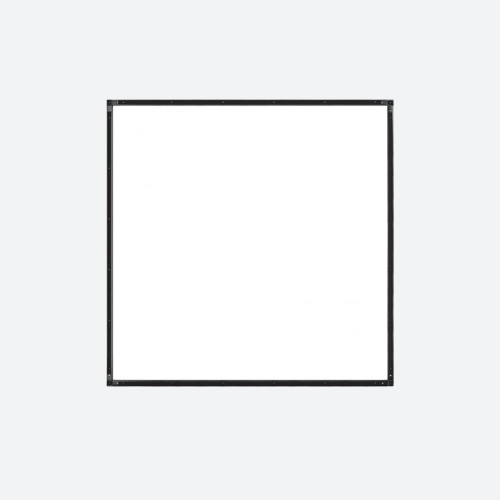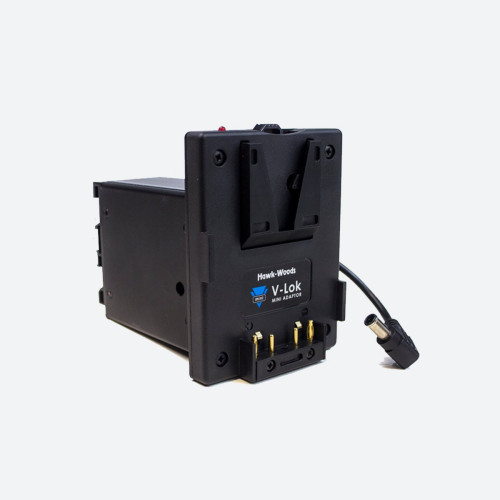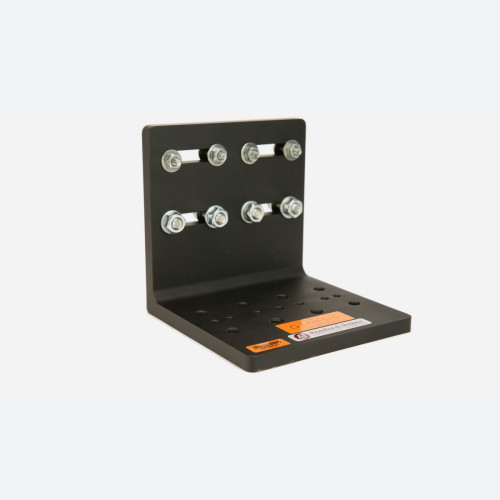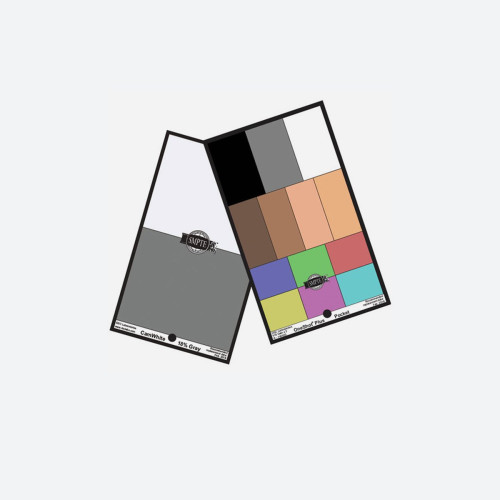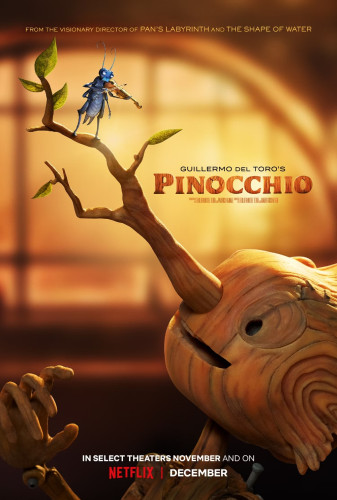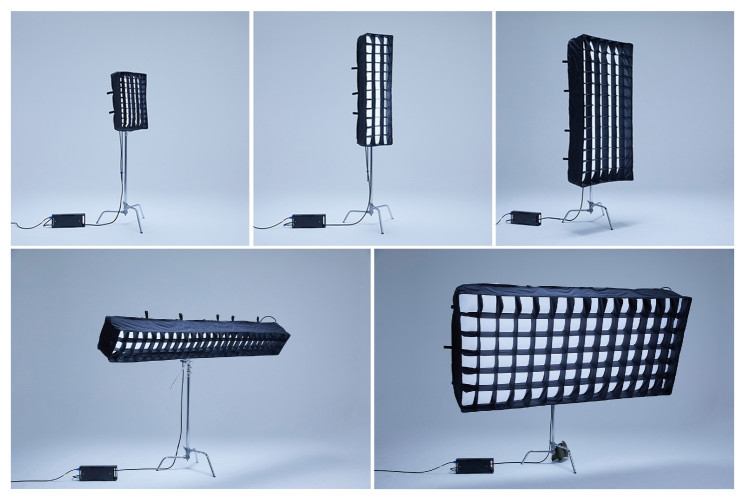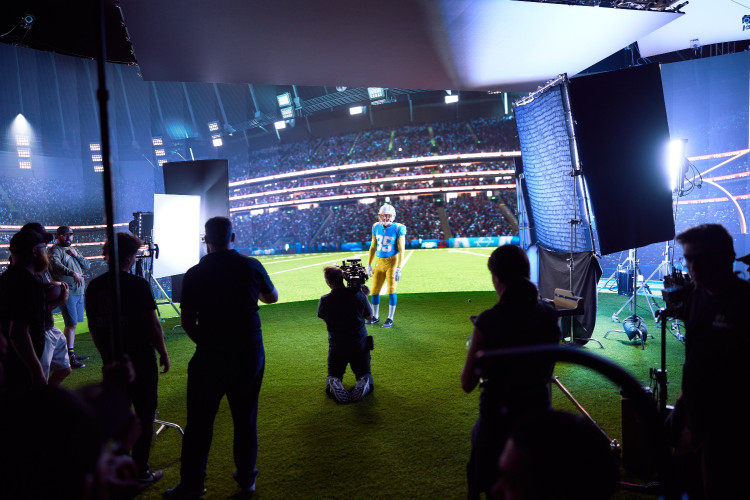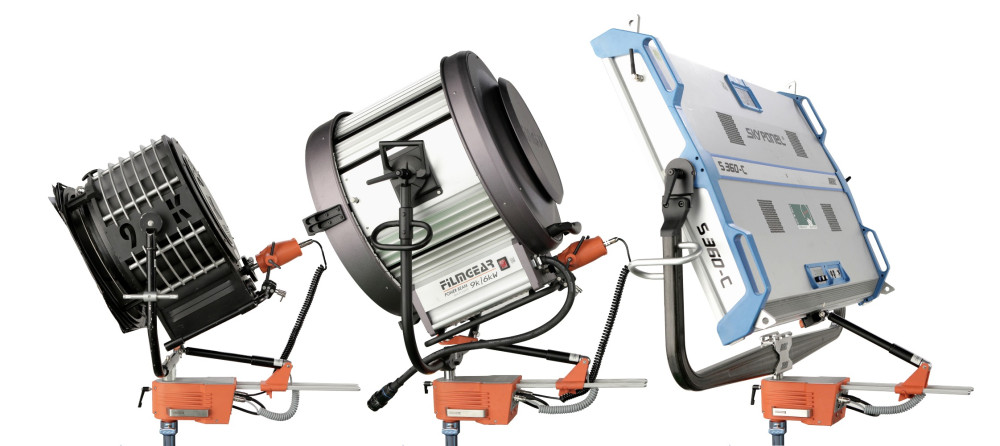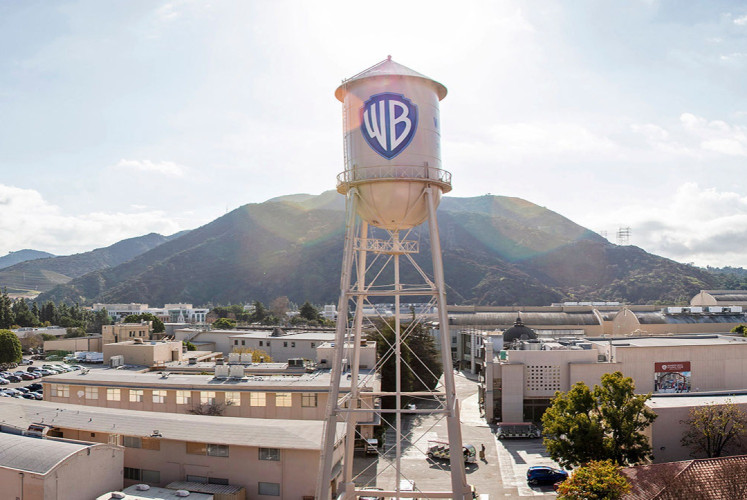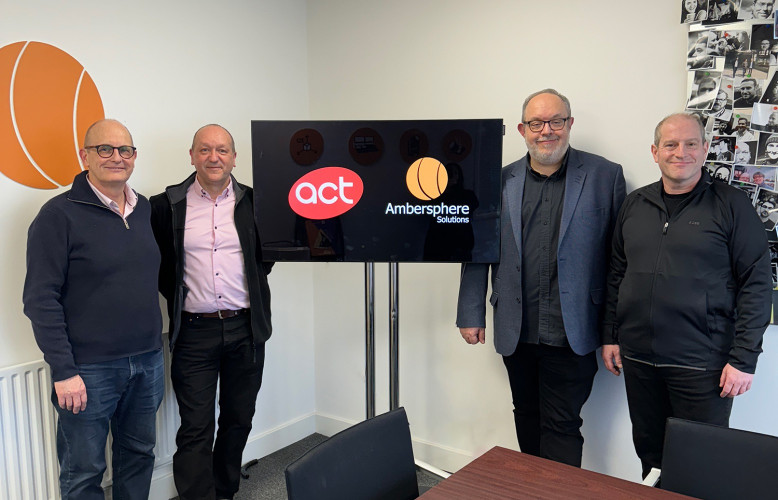LED lighting for image creators
Author: Dennis Lennie
Published 1st December 2009
Somehow I ended up on a growing number of LED Lighting equipment manufacturers e-mail mailing lists. Most of them were from China, some from the States and elsewhere. They must have thought that, as we supply broadcast, film and video lighting, that we would be interested in LED lighting. They were right. So I used to dutifully reply, asking them questions about the colour rendition index (CRI) of their LEDs. CRI is a quantitative measure of the ability of a light source to reproduce an object’s colour accurately, in comparison to a natural source. The closer this value is to 100, the better. Of course, for image creators this is a very important issue. Or at least it should be. Suffice to say, not one of them replied. I assumed that they did not understand the importance of the question to us, let alone the answer. Eventually, I simplified the question to one about colour temperature. Surely they could answer this? But, no. Some simply said “blue”.
The point I want to make is that not all LED lights are suitable for video, broadcast or film use. In fact, most are not. If you are offered a light without the manufacturer being able to tell you the colour temperature or CRI, then walk away. Never mind the trendy features like low power consumption and low heat output; if it is the wrong “colour”, you should not try and use it. If the colour is so wrong that it has to be used with a set of correction filters to make it an acceptable colour, then again I suggest it is not the right product to choose for lighting your image.
In 2009, LED lighting has come of age in our industry. After many years of tantalising us with the new technology, a good number of manufacturers have now harnessed it to produce some excellent products. Not surprisingly, most already have a good understanding of our industry, and are well known to us. Most have been waiting for the basic technology to evolve into something we can use. The Light Emitting Diode (LED), much like a tungsten halogen or HMI lamp, is the start point in every design. The key is to harness or enhance the light energy emitted, and control it. Although the technologies applied in the LED manufacturing processes vary, the resultant emitter chosen will be “white” and bright. Most manufacturers will add a lens to the emitter to control the direction and quality of the output.
Arri, the world’s largest and leading manufacturer of broadcast and film lighting, have this year introduced three distinctive LED lighting products. The Caster series gives a bright, even, slightly soft quality of light from a 21 x 8.5cm. surface area. It is fully dimmable, with a dial-in colour temperature range from 2800K to 6500K, and a CRI of 90. The 11-36 volt powered fixture has a very robust housing, and is well designed for location use. The LoCaster has manual control, and the BroadCaster has DMX control. Priced from around £900. The Arri PAX is a clever and versatile system. It features their True Match LED technology to give natural light characteristics. About the same size as a Caster, its light quality can be varied with a selection of lenses and diffusers. Colour temperature, and indeed any colour, can be matched to filter references. CRI is 95. The unit can be remote controlled. A comprehensive two light kit costs around £10,000. The Arri BLM series is a multi-colour output background lighting system.
Litepanels, now owned by British plc, The Vitec Group, are a relatively young company. Nevertheless they have become a world leader in LED lighting with some popular products. The 1 x 1 Panel measures one foot square but less than 2 inches deep. With a tight array of 576 lenslet covered LEDs, the output is bright, even and fully dimmable. There are five principal models, some with variations. All feature a very lightweight but robust housing. 12 to 24 volt or mains adapter powered, you can also use your V-mount, PAG or Anton Bauer batteries. In either Daylight or Tungsten, there are Flood models with a 50 degree beam and a projected light value similar to a 300 watt fixture. The Spot model with a 30 degree beam has a projected soft light value similar to a 500 watt fixture. The Super-Spot model with a 15 degree beam has a projected soft light value similar to a 650 watt fixture. Prices start from around £1300. A Low Profile version has the LEDs mounted at a 40 degree angle off axis. This enables the light to be fitted in a tight corner flush to a ceiling, yet illuminate an area away from where it is mounted. Two new models were recently introduced. The Bi-Color model allows you to dial between daylight and tungsten, or any step in between. The two Bi-Focus models allow focusing from 50 to 30 degrees, or 30 to 15 degrees.
Litepanels MiniPlus units, offer soft, directional output in a robust package for location production, or on-camera use. There are flood or spot daylight models, or a tungsten model to choose from. Power is supplied by an optional on-board battery, or by the camera. Again, they are fully dimmable without changing the colour temperature. Prices from £540.
Lowel, the worlds leading manufacturer of portable lighting systems, has just introduced the Lowel Blender. In a typically compact, lightweight and versatile package, this unit allows you to intuitively mix twin arrays of high CRI LEDs, until you see the right blend of colour to suit a mixed source environment. With an output of 590 lux at about 2 metres it is punchy, but will probably be used most as a semi-soft fill light. Priced at £670 or less.
British manufacturer, Gekko Technology, has eight distinct products but is perhaps best known for their ring lights systems. Lenslite fits HDV camcorders, and Kisslite suits larger diameter lenses. These white light “beauty” or fill lights are versatile and lightweight, with a separate ballast mounted underneath the camera or on a flying lead. For different applications, they also offer a compact triangular cluster of 3 LEDs, a straight row, and a rectangular block. They recently acquired the Kelvin Tile design from Element Labs. It is a square semi soft source with dial-in colour temperature control, and full dimming. They have a unique mix of 6 LEDs per cluster to achieve a broad spectrum white light.
Bebob lights uniquely feature a cluster of LEDs on a spine in the middle of a circular reflector. This produces efficient focusing, clean shadows and high output. Two hand-held or stand mounted models run off 12 volt camera batteries mounted under the light. The LED40 model will run for over two hours from a 90 watt/hour battery, but produces the equivalent output of a 300 watt focusing light. The LED60 model consumes 60 watts, but with nearly double the output.
Of course, the low power consumption of LEDs makes them the ideal technology for lights run from the same battery you are using to power your camera. Let’s not forget to consider the colour and quality of light, though.
PAG have a plug-in LED unit for use with existing Paglights. With the lens covered daylight LED placed in the middle of the reflector, uniform output throughout the focusing range is achieved. It is fully dimmable too. List price for the plug-in is £174 + vat.
Dedo’s renowned optical engineering has been applied to their on-board LED light, also known as “Ledzilla”. Output is a bright, daylight white, clean beam, with a long focus range. Again, it is fully dimmable. The tiny, lightweight unit can be run from a camera’s power output socket, or from a 7.2 volt camcorder battery via a plate. Prices start around £369.
Bebob have a camera mounted light, similar in principle to their other LED lights, but smaller. Power is taken from the camera’s D-tap.
Litepanels have two popular camera mounted lights. The Micro is a very lightweight, bright, rectangular panel of 48 lenslet covered LEDs in a 9 x 6 cm. area. Output is even and bright. It is powered by four AA batteries mounted internally, or by a 7.2 volt camcorder battery via a plate. It is supplied with a tilting camera “shoe” fitting. The Micro Pro is twice the size, and accepts six AA batteries or battery plate. Both are fully dimmable, and accept diffusion or tungsten correction screens. List prices are £260 and £390 respectively.
If you are looking to invest in LED lighting, and think that the time is now right, please do not view the products outlined here as a comprehensive list. There are more to consider. However, as it has always been for tungsten, HMI, or fluorescent, bear in mind that the hardware is less important than the output. Look at the light, not the light.



